A Conversation with Bruce Duffie
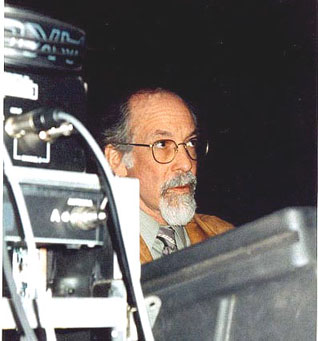

|
James Dashow was born on November 7, 1944, outside of Chicago. His musical studies began in high school with Horace Reisberg. His principal teachers at the university level were J. K. Randall, Arthur Berger and Seymour Shifrin. In 1969, Dashow went to Italy on a Fulbright Fellowship to complete his studies with Goffredo Petrassi. For many years, he studied the music of Luigi Dallapiccola independently. One of the first to compose music for digital audio synthesis (“computer music”), Dashow was invited by Graziano (Giuliano) Tisato to work at the computer center of the University of Padova, where he created the first computer music compositions in Italy. He was the first vice president of the International Computer Music Association, has taught at MIT and Princeton University, and continues to actively hold master classes, lectures and concerts in Europe and North America. In 2003 he was composer-in-residence at the 12th Annual Florida Electroacoustic Music Festival in Gainesville, Florida. For several years he and Riccardo Bianchini coproduced a weekly contemporary music program for RAI. He is the author of the MUSIC30 language for digital sound synthesis, and invented the Dyad System, a method that both integrates pitch structure based on dyads into electronic sounds, as well as develops the pitch structure itself in terms of dyadic elaborations. Following on his extensive use of audio spatialization as an integral part of the compositional process, Dashow composed the first opera designed to be performed in a Planetarium (ARCHIMEDES), taking advantage of the depth projection capabilities of the digital planetarium projectors, and the multichannel audio systems that together provide a full immersion theatrical experience. He continues to develop the idea of a double approach to spatialization, through the complementary concepts of Movement IN Space, and Movement OF Space. His most important recognitions include the Prix Magistere at Bourges
in 2000, Guggenheim (1989) and Koussevitzky (1998) Foundation grants,
and in 2011 the Fondazione CEMAT distinguished career award “Il CEMAT
per la Musica” in recognition of his outstanding contributions to electro-acoustic
music. Awards and recognition
-- Names which are links in this box and below
refer to my interviews elsewhere on my website. BD
|
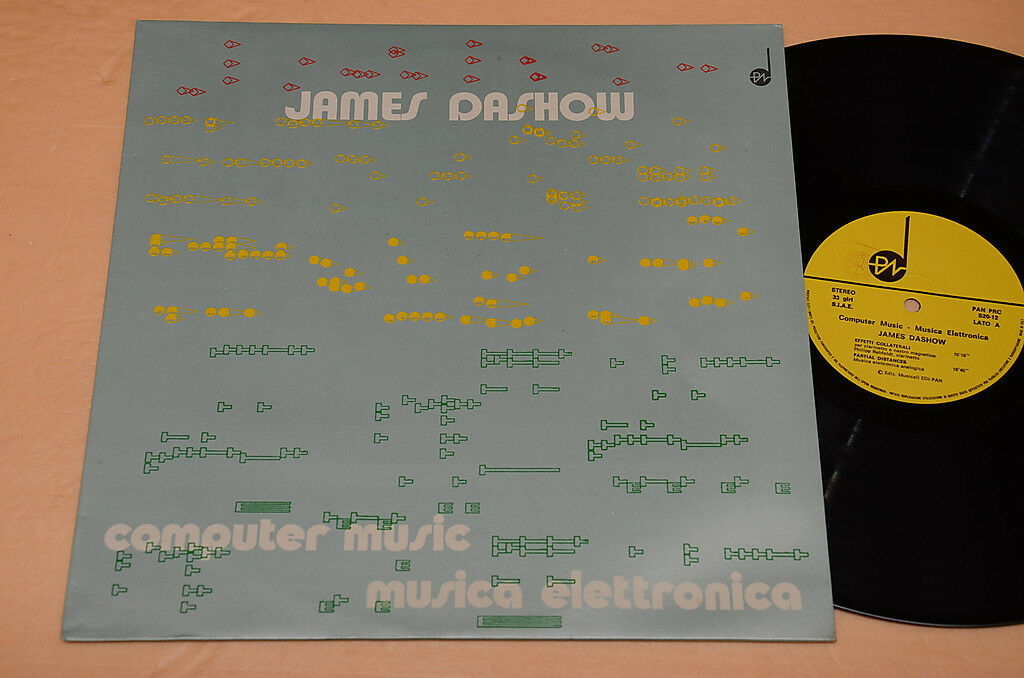
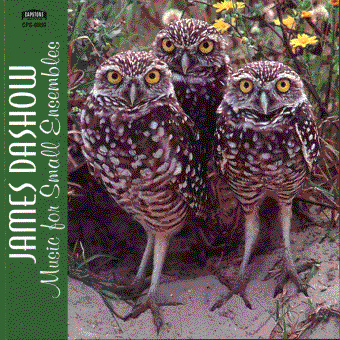 James Dashow: [Sighs] This is not so much what
I perceive in the United States, because, as you know, I’ve been living
in Italy for twenty-five years. The situation in Italy, recently,
has gotten rather, shall we say, unfortunate because of extreme cuts
in possibilities of earning a living as a composer. The royalties
have been cut significantly by the state royalty agency, as well as
the radio broadcasting, which means considerably less time for contemporary
music. This is because of a shake-up within the national radio,
and because of the political situation in Italy, which has taken a
sudden turn to the right.
James Dashow: [Sighs] This is not so much what
I perceive in the United States, because, as you know, I’ve been living
in Italy for twenty-five years. The situation in Italy, recently,
has gotten rather, shall we say, unfortunate because of extreme cuts
in possibilities of earning a living as a composer. The royalties
have been cut significantly by the state royalty agency, as well as
the radio broadcasting, which means considerably less time for contemporary
music. This is because of a shake-up within the national radio,
and because of the political situation in Italy, which has taken a
sudden turn to the right.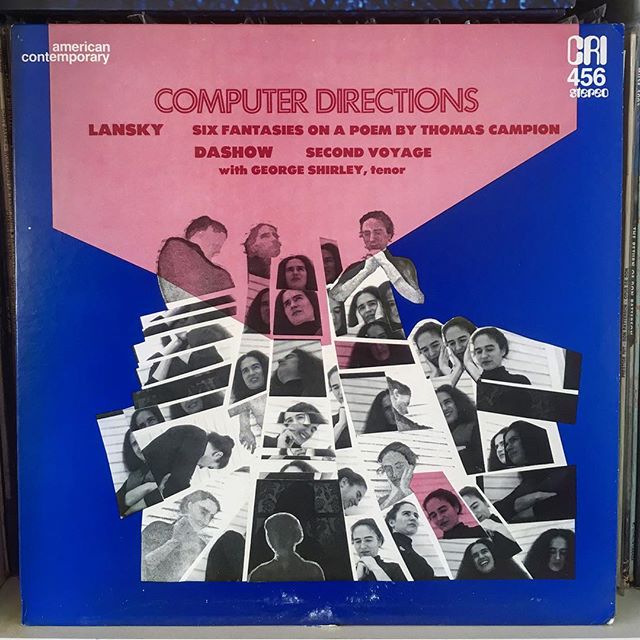 BD: [Being serious] Would you
compose differently if you were starving in a garret?
BD: [Being serious] Would you
compose differently if you were starving in a garret?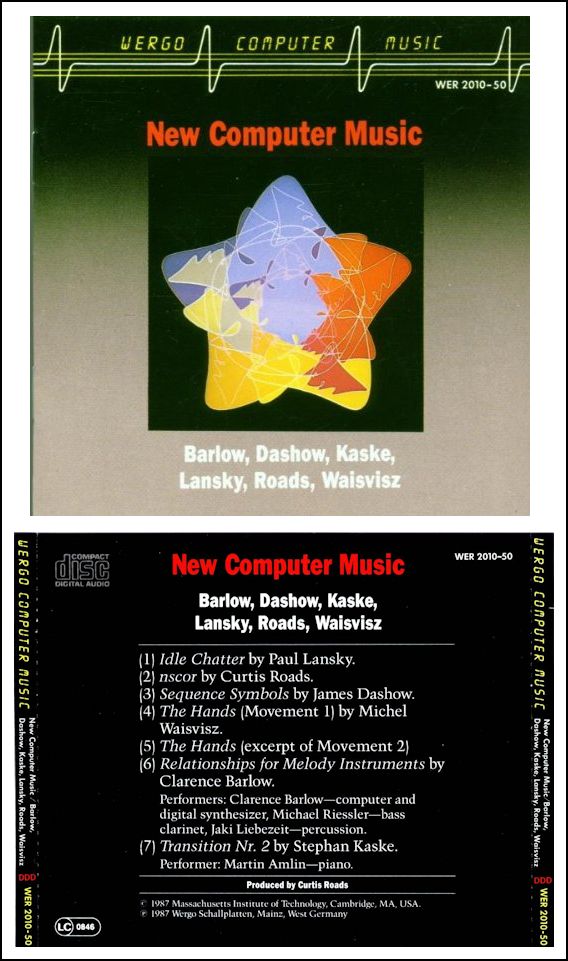 JD: That can happen. In fact,
one should have the courage to say you don’t what is behind the piece.
Does the piece work, should be the major question. By and large,
to make a piece work you do have to know something. But, it’s
like the question of whether a million monkeys can turn out Shakespeare
after a while. That’s entirely possible. If you get Shakespeare
from one of those monkeys, are you going to complain that it was a
monkey that did it?
JD: That can happen. In fact,
one should have the courage to say you don’t what is behind the piece.
Does the piece work, should be the major question. By and large,
to make a piece work you do have to know something. But, it’s
like the question of whether a million monkeys can turn out Shakespeare
after a while. That’s entirely possible. If you get Shakespeare
from one of those monkeys, are you going to complain that it was a
monkey that did it?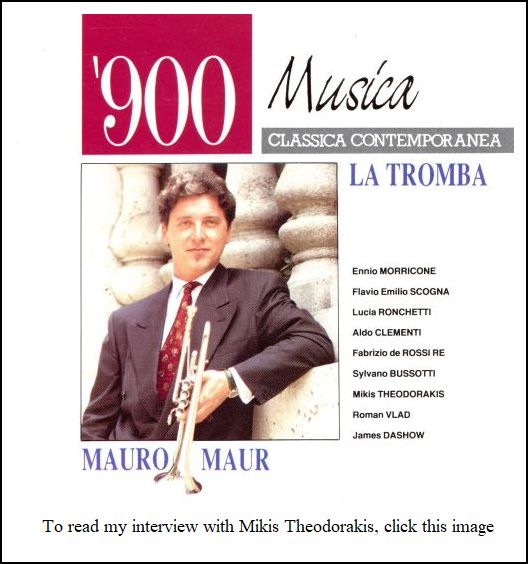 BD: Do you still meet resistance among the audience
towards electronic pieces?
BD: Do you still meet resistance among the audience
towards electronic pieces?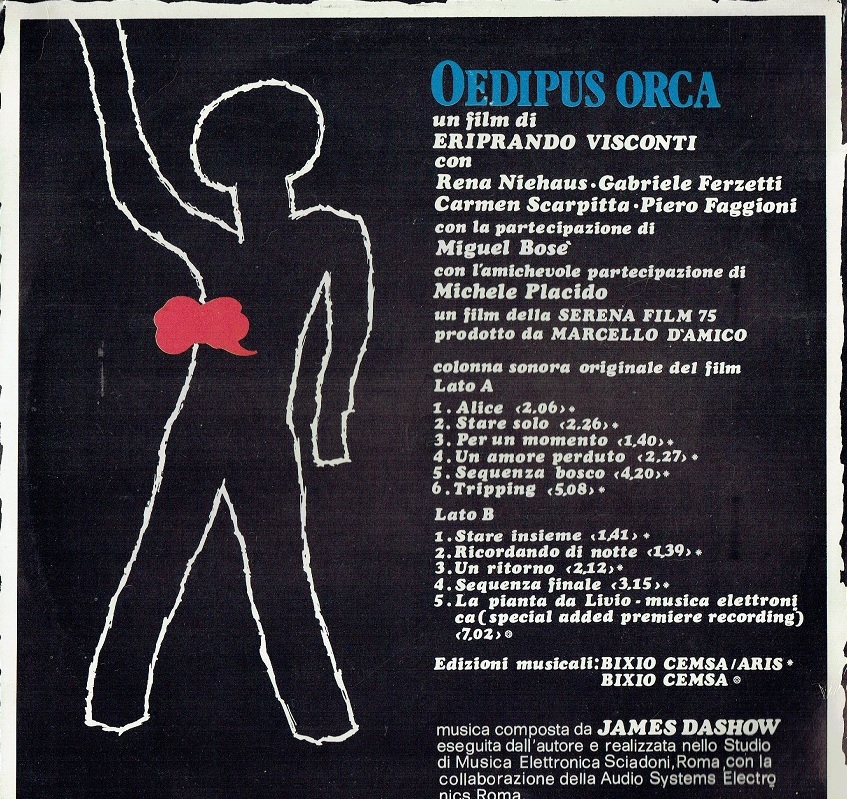 JD: Particularly American, and the
more I make my way in my work, I realize that I live in Italy. I’ve
been there for twenty-five years, and probably will be there for another
thirty-five years, but I’ll always be eighty per cent an American composer.
Americans have a sense of rhythm, regular or irregular. I don’t
mean rhythm in the sense of a steady tempo. I mean a conception
of rhythm which is very much jazz-derived. I grew up in the Chicago
area playing jazz for the first twenty years of my life.
JD: Particularly American, and the
more I make my way in my work, I realize that I live in Italy. I’ve
been there for twenty-five years, and probably will be there for another
thirty-five years, but I’ll always be eighty per cent an American composer.
Americans have a sense of rhythm, regular or irregular. I don’t
mean rhythm in the sense of a steady tempo. I mean a conception
of rhythm which is very much jazz-derived. I grew up in the Chicago
area playing jazz for the first twenty years of my life.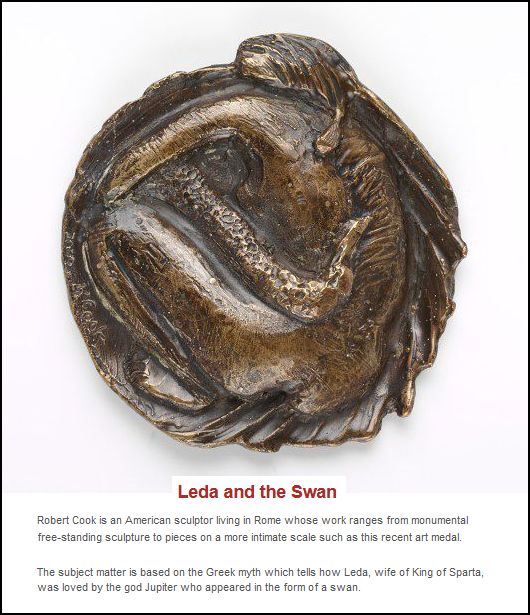 BD: Are you basically pleased with
the music you’ve turned out over the years?
BD: Are you basically pleased with
the music you’ve turned out over the years?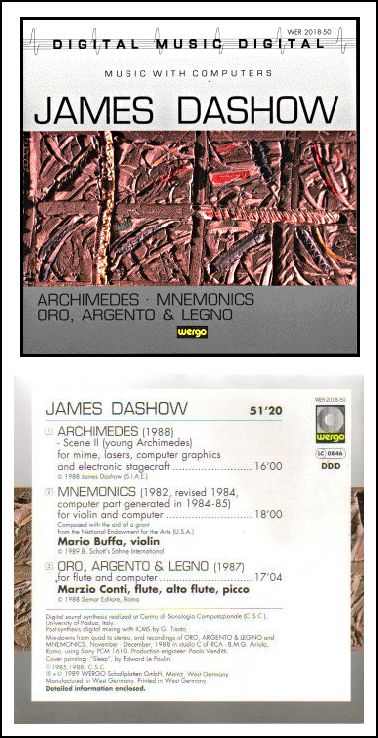 JD: Generally, one piece at a time,
although one piece will have spin-offs into other pieces. For
example, I just finished the Septet that was commissioned by the
Fromm Foundation. In the meantime, I’d had a request from a very
good composer/conductor friend of mine in Rome, named Flavio Emilio Scogna
(1956- ), for an orchestra piece. I found myself, all of sudden,
beginning to get orchestral ideas while I was writing my Septet.
I maintain a little notebook on the side, and started doing some
sketches for that. In the meantime, I’d also had a request from
a contrabass player for a piece for contrabass and computer, so when
that was in my head, I began every now and then getting a contrabass
idea, which, since the Septet doesn’t have a contrabass in it,
I realized I was also working on that other piece. But as far as
actually composing is concerned, I’m dedicated to one piece, although
quite often I turn out enough material for one piece that’s good for at
least two other pieces.
JD: Generally, one piece at a time,
although one piece will have spin-offs into other pieces. For
example, I just finished the Septet that was commissioned by the
Fromm Foundation. In the meantime, I’d had a request from a very
good composer/conductor friend of mine in Rome, named Flavio Emilio Scogna
(1956- ), for an orchestra piece. I found myself, all of sudden,
beginning to get orchestral ideas while I was writing my Septet.
I maintain a little notebook on the side, and started doing some
sketches for that. In the meantime, I’d also had a request from
a contrabass player for a piece for contrabass and computer, so when
that was in my head, I began every now and then getting a contrabass
idea, which, since the Septet doesn’t have a contrabass in it,
I realized I was also working on that other piece. But as far as
actually composing is concerned, I’m dedicated to one piece, although
quite often I turn out enough material for one piece that’s good for at
least two other pieces.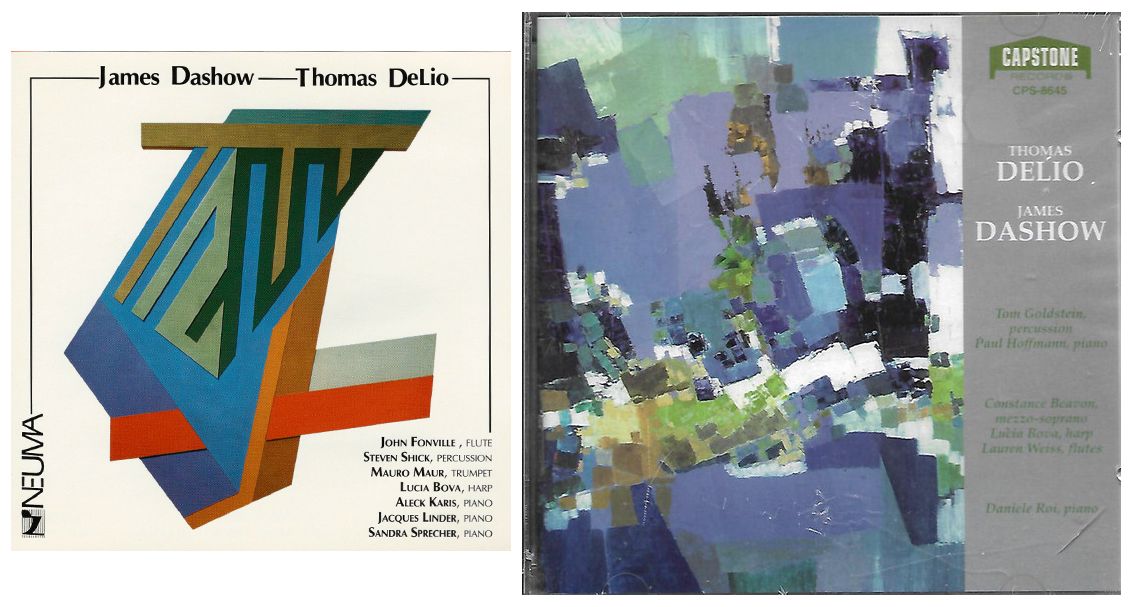
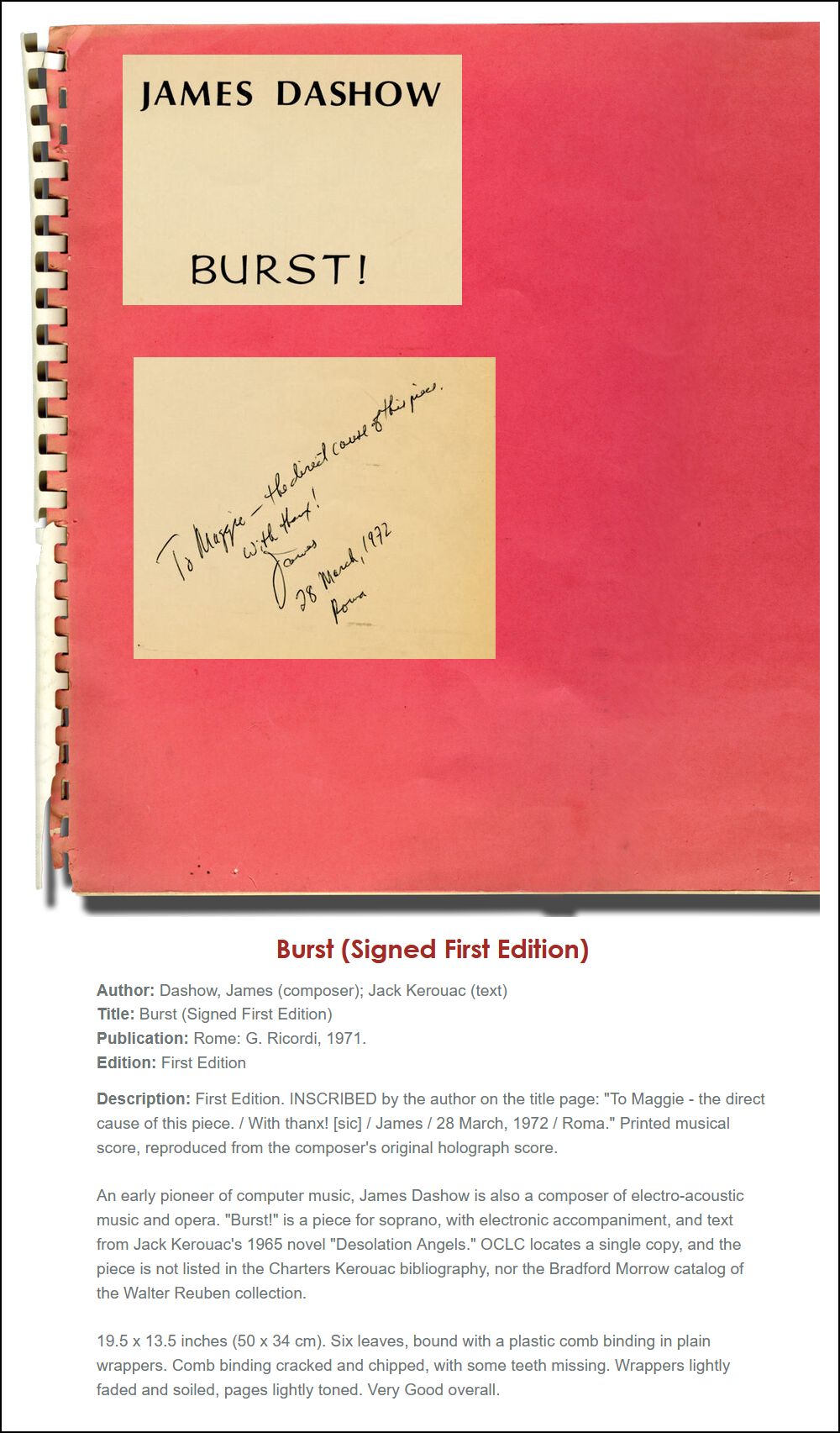
© 1987 Bruce Duffie
This conversation was recorded in Chicago on September 19, 1994. Portions were broadcast on WNIB two months later, and again in 1995 and 1999. A copy of the unedited audio was placed in the Archive of Contemporary Music at Northwestern University. This transcription was made in 2019, and posted on this website at that time. My thanks to British soprano Una Barry for her help in preparing this website presentation.
To see a full list (with links) of interviews which have been transcribed and posted on this website, click here. To read my thoughts on editing these interviews for print, as well as a few other interesting observations, click here.
Award - winning broadcaster Bruce Duffie was with WNIB, Classical 97 in Chicago from 1975 until its final moment as a classical station in February of 2001. His interviews have also appeared in various magazines and journals since 1980, and he now continues his broadcast series on WNUR-FM, as well as on Contemporary Classical Internet Radio.
You are invited to visit his website for more information about his work, including selected transcripts of other interviews, plus a full list of his guests. He would also like to call your attention to the photos and information about his grandfather, who was a pioneer in the automotive field more than a century ago. You may also send him E-Mail with comments, questions and suggestions.